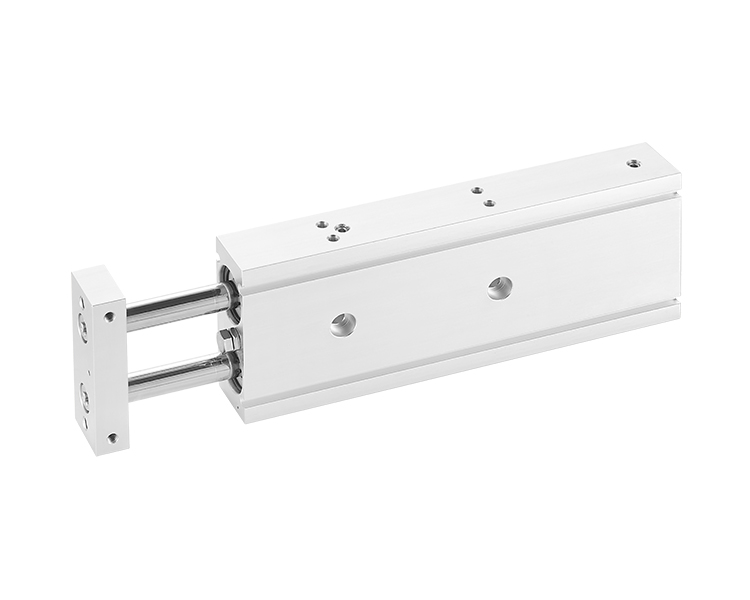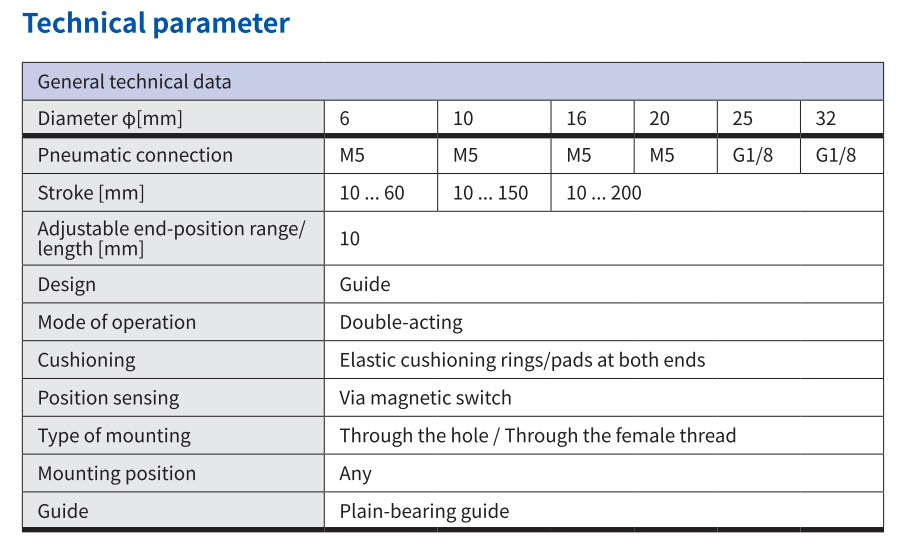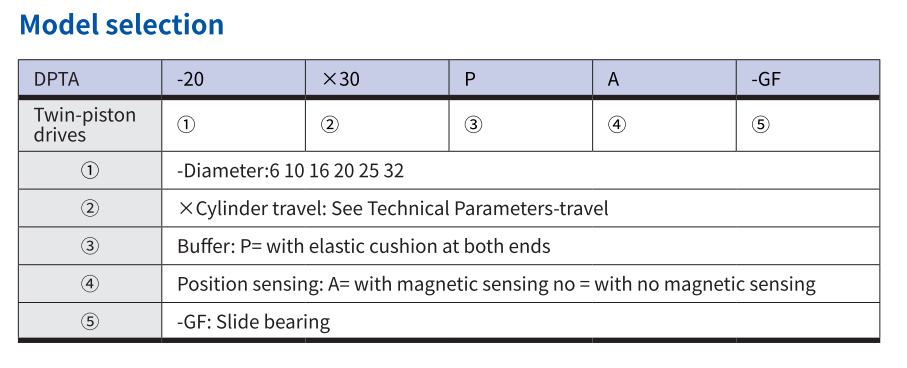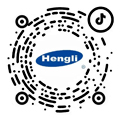Installation and Use
1. When there are changes in load during work, cylinders with sufficient output force should be selected;
2. Under high temperature or corrosive conditions, corresponding high-temperature or corrosion-resistant cylinders should be selected;
3. In places with high humidity, high dust, or water droplets, oil dust, or welding slag, corresponding protective measures should be taken for the cylinder;
4. Before connecting the cylinder to the pipeline, the dirt inside the pipeline must be removed to prevent dust and other debris from entering the cylinder;
5. The medium used in the cylinder should be filtered with a filter element of over 40um before use;
6. Due to the short front cover and piston of the cylinder, the general stroke should not be too large;
7. In low temperature environments, anti freezing measures should be taken to prevent moisture freezing in the system;
8. During the working process, the cylinder should avoid being subjected to lateral loads as much as possible to maintain its normal operation and service life;
9. If the cylinder is removed and not used for a long time, attention should be paid to surface rust prevention, and dust blocking caps should be added to the intake and exhaust ports. Special attention should be paid: the front and rear covers cannot be disassembled by themselves;
10. Installation and disassembly of C-type buckle:
10.1. When assembling and disassembling, it is necessary to use suitable pliers (C-type buckle installation tool) to ensure safety and avoid damage to the human body or surrounding machines caused by the C-type buckle flying out;
10.2. Ensure that the C-type retaining ring is installed in the groove of the body retaining ring before ventilation.



 PDF
PDF







